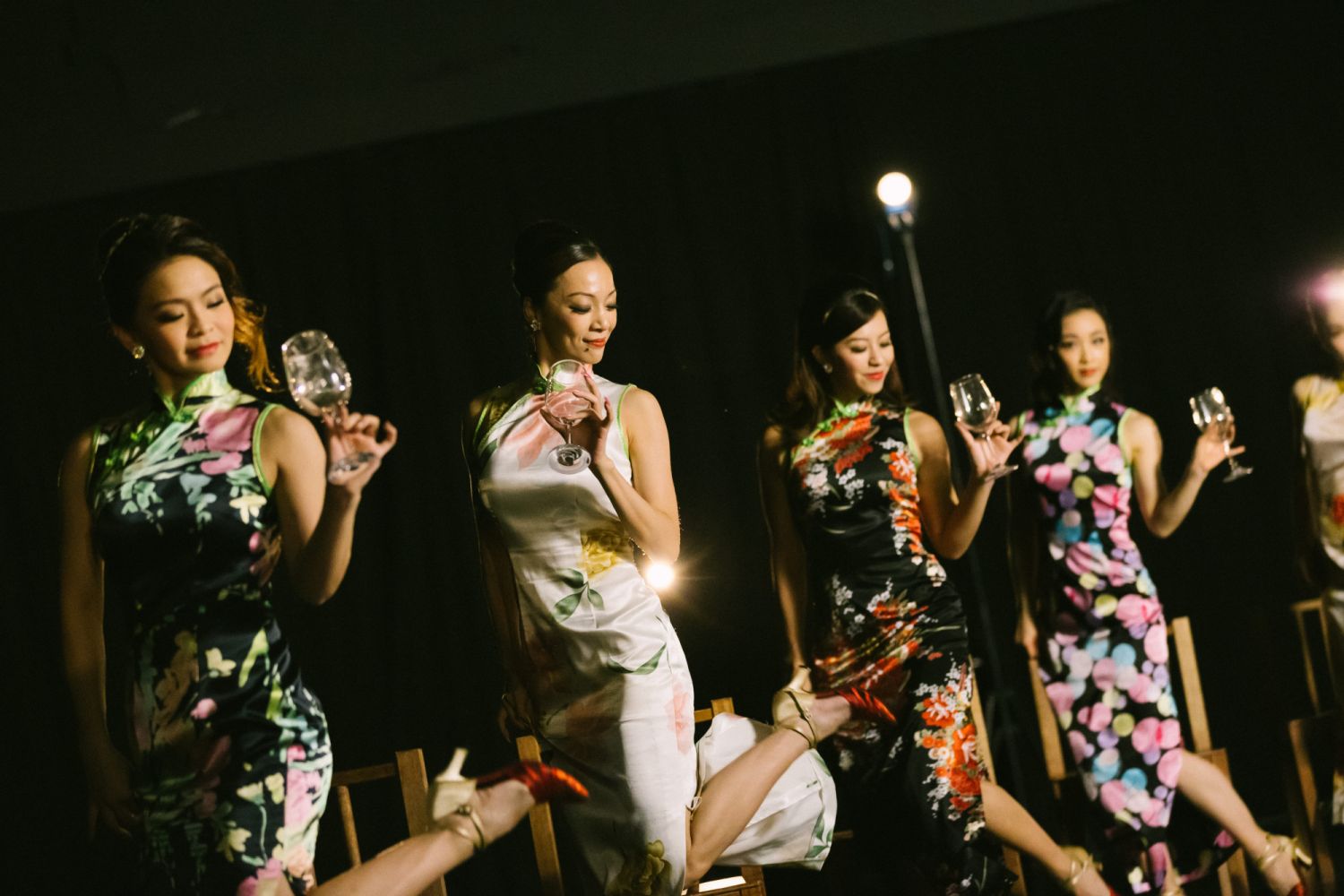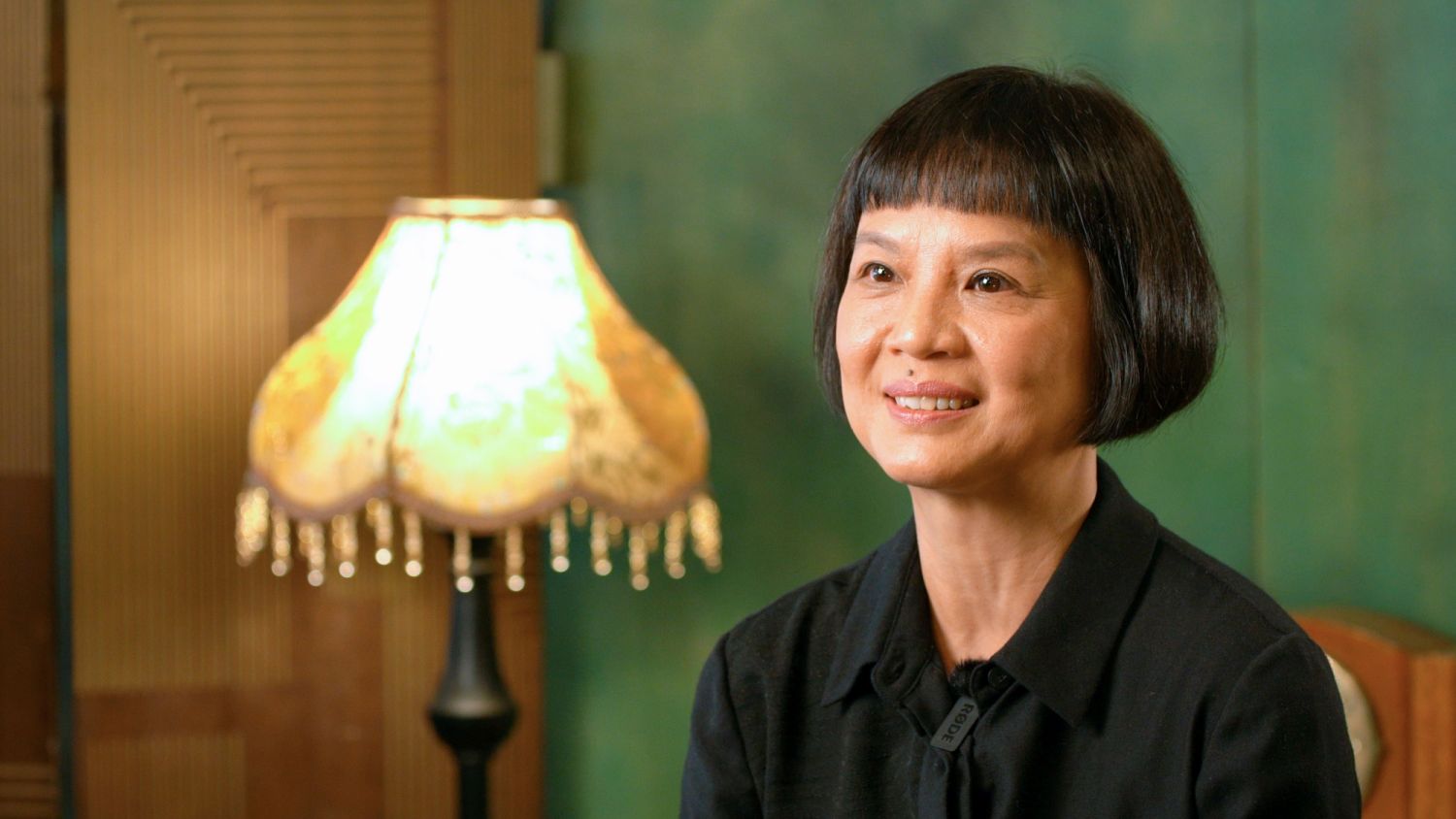After almost four decades of producing award-winning Chinese and modern dance productions, Hong Kong choreographer Mui Cheuk-Yin says she’s ready to take on Taiwanese writer Pai Hsien-yung’s love story in her new dance production, 'The Last Dance'—one she says is her most ambitious to date.
The Last Dance, Hong Kong Dance Company (HKDC)’s much anticipated new production, brings together two legends: Hong Kong’s top contemporary and Chinese dance choreographer Mui Cheuk-Yin, and Taipei Literary Award-winner Pai Hsien-yung, on whose classic short story The Last Night of Madam Chin the dance production is based. This will be Mui’s most ambitious project, bringing together social, Latin and contemporary dances into a single show.
Don't miss: Tim Yip's 'Love in A Fallen City' Is a Visually Stunning Stage Adaptation

The show is due to be staged in February, after its original August 2020 premiere date was cancelled during the city’s third wave of the pandemic, but Mui says it’s worth the wait.
During her 37-year-long career as a choreographer and dancer, Mui has won the Hong Kong Dance Award three times (in 2000, 2001 and 2009), and received the Distinguished Achievement Award in 2012, which is the highest honour given by the Hong Kong Dance Alliance. She has also collaborated with international companies including Germany’s Tanztheatre Wuppertal, whose The Rite of Spring production in 2000 she performed in.
But it wasn’t until The Last Dance that the 62-year-old decided to work on her favourite Chinese author’s work. “I’ve read and loved Pai’s book since secondary school, but you need to reach a certain stage in life where you’ve gained enough experiences to understand the vicissitudes of Pai’s characters,” she says.
Read more: Here's How a Hong Kong Ballet Principal Dancer Stays Performance Ready







